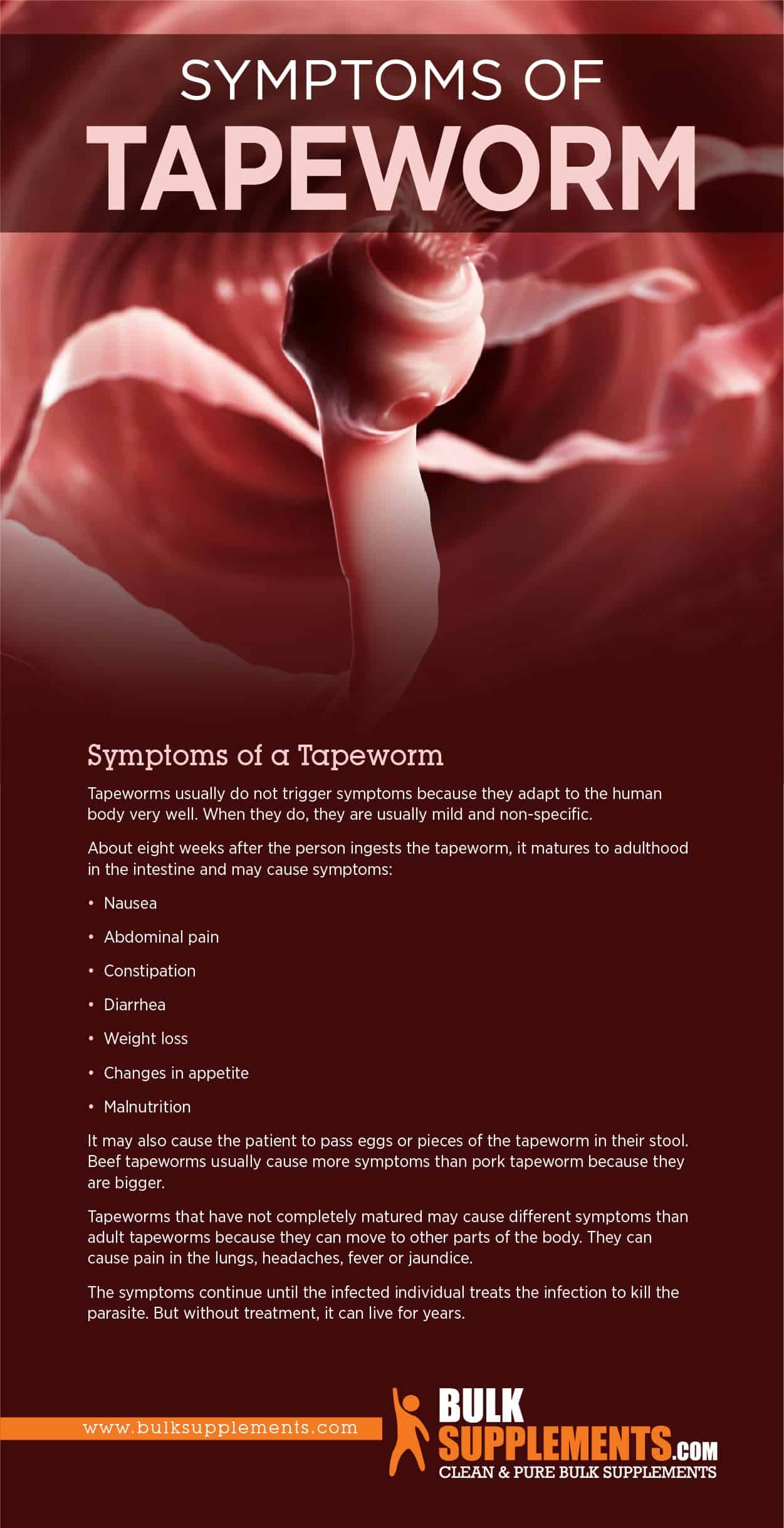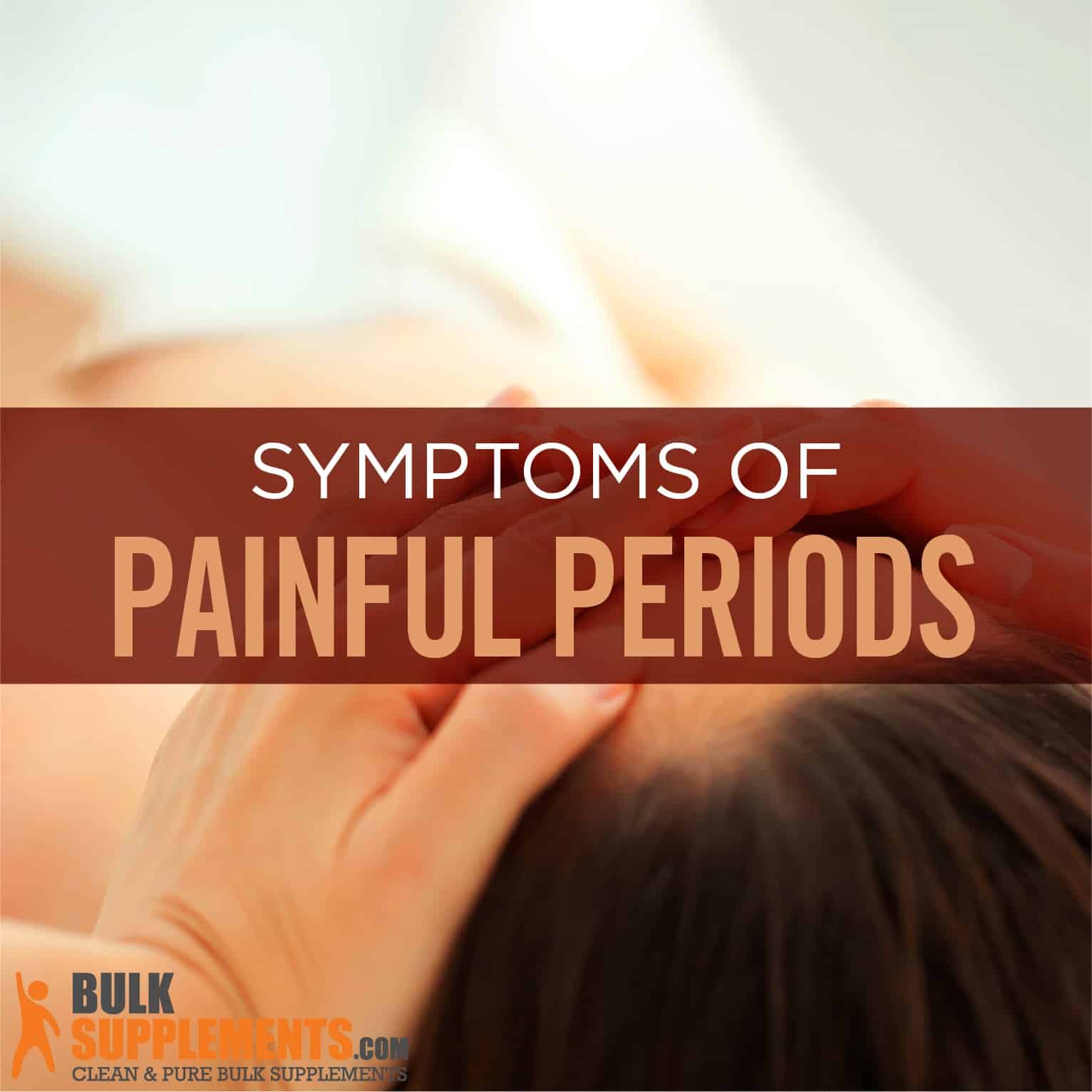Taeniasis (Tapeworm): Causes, Symptoms & Treatment

Tapeworm
What is Tapeworm?
Tapeworms are flat, parasitic worms shaped like ribbons that get into the gut when people ingest their eggs or larvae. Taeniasis is the parasitic infection that tapeworms cause. Humans most commonly contract tapeworms when they ingest raw or undercooked food. Tapeworms are a parasite and cannot survive on their own. They do not have a digestive tract, so they consume nutrients straight from the small bowel of their host and grow inside them.
The parasites exist all over the world, but the infection mostly shows up in countries in eastern Europe, sub-Saharan Africa, Latin America and Asia. Usually, people with tapeworms in their systems are unaware of the worms in their bodies because the symptoms can be mild or even non-existent. But taeniasis can lead to cysticercosis if the tapeworms form cysts, which affect tissue in the brain or muscles.
Taeniasis comes from three different types of tapeworms: Taenia saginata (T. saginata), Taenia solium (T. solium) and Taenia asiatica (T. asiatica). T. saginata is the beef tapeworm and T. solium is found in pork. T. asiatica comes from pork as well, but it is limited to Asian countries, mostly in China, Taiwan, Indonesia, Thailand, South Korea and India.
How Does Tapeworm Spread to Humans?
Tapeworms move through three stages in their life cycle — eggs, larvae and adults. When the tapeworm reaches adulthood, it can live in human intestines until it dies and the human either passes it or it absorbs into the intestines.
First, the eggs or worms live in their host’s intestines until they are passed into the environment in the host’s feces, where they can survive for months. Cows and pigs then consume the eggs or vegetation that the eggs contaminate and the animals become their host.
The eggs hatch and the larvae develop in the animal. Then they pass through the host’s intestinal wall and move to the muscle, where they can live for years.
Then, the parasite spreads to humans if they eat raw or undercooked meat from the infected animal host. The adult tapeworm then develops in the human’s small intestine. Tapeworms can grow as long as 12 feet and can live in the small intestine for years undetected.
The tapeworm produces segments called proglottids, which have complete male and female reproductive systems. The proglottids grow, become pregnant and detach from the tapeworm so that it can move to the human’s anus or pass through their stool, along with its eggs. Then the eggs are released back into the environment, they are consumed by another host and the cycle starts all over again.
Risk Factors
The most common risk factor for taeniasis is consuming raw or undercooked pork, beef or contaminated water exposed to tapeworm in the environment. Contaminated food is more common in certain parts of the world with poor sanitation practices or free-ranging animals, such as Latin America, Asia, Africa and parts of Europe.
Humans can also contract it by interacting with animals, especially if the animals’ feces are not completely disposed of.
Poor hygiene can also spread tapeworm. If people come in contact with particles of contaminated feces and they fail to wash their hands, they can transfer the parasite to their mouths.
Symptoms of a Tapeworm
Tapeworms usually do not trigger symptoms because they adapt to the human body very well. When they do, they are usually mild and non-specific.
About eight weeks after the person ingests the tapeworm, it matures to adulthood in the intestine and may cause symptoms:
- Nausea
- Abdominal pain
- Constipation
- Diarrhea
- Weight loss
- Changes in appetite
- Malnutrition
It may also cause the patient to pass eggs or pieces of the tapeworm in their stool. Beef tapeworms usually cause more symptoms than pork tapeworms because they are bigger.
Tapeworms that have not completely matured may cause different symptoms than adult tapeworms because they can move to other parts of the body. They can cause pain in the lungs, headaches, fever or jaundice.
The symptoms continue until the infected individual treats the infection to kill the parasite. But without treatment, it can live for years.

Complications
Pork tapeworms can cause cysticercosis, which is a tissue infection. The tapeworm can form into cysts in the tissue in the muscles, eyes, brain and spinal cord. The cysts grow and cause inflammation. In the brain or spinal cord, it causes headaches, seizures, swelling in the brain, stroke or death. In the muscles, lumps may develop under the skin. But sometimes the condition doesn’t cause any symptoms at all. If the cysts are infected with bacteria, they may burst and cause anaphylaxis, which can be life-threatening.
Neurocysticercosis is the most severe form of cysticercosis, causing chronic headaches, blindness, meningitis, dementia, hydrocephalus, seizures and epilepsy — recurrent seizures.
Treating a Tapeworm
The only way to diagnose an infection is a stool examination because the patient will either pass eggs or segments of the tapeworm in their feces. After diagnosis, there are oral medications to treat a tapeworm infection. It is easily treatable and usually the patient only needs one dose of either praziquantel or niclosamide. A doctor may also recommend a laxative to help pass the tapeworm in stool.
If the parasite travels outside of the intestine, anti-inflammatory steroids can reduce swelling from cysts. In other cases, if a cyst forms in vital organs, the patient may need surgery to remove it.
Neurocysticercosis Treatment
Treatment for neurocysticercosis may be longer because destroying the cysts can cause an inflammatory response. Dosage and treatment duration depends on how many cysts there are, where they form, how far they have developed and how acute the symptoms are.
Adult vs. Larvae Treatment
Treating adult tapeworms is easier than treating larvae because they can move around the body but adult tapeworms stay in the small intestine. By the time the larva triggers symptoms, it may have already been living in the body for years.
Preventing a Tapeworm
Even though they are generally harmless, tapeworms can cause damage. Rather than spending time getting rid of a tapeworm, it’s best to prevent the infection in the first place. To lower the risk of contracting a tapeworm:
SEE ALSO

Painful Periods: Characteristics, Causes & Treatment
- Cook meat thoroughly at the correct temperatures to destroy tapeworm eggs
- Wash fruit and vegetables
- Avoid freezing meat for a long time
- Make sure animals are dewormed regularly
- Avoid intermediate hosts — fleas, grain beetles and rodents
- Inspect meat before you eat it
- Wash your hands regularly, especially before touching food and in the bathroom
In areas where tapeworm is common, only use water that you know is safe to wash fruit and vegetables. Avoid raw or undercooked food, including raw vegetables unless you peel it yourself. Only drink bottled or canned beverages and water that has been boiled for at least one minute.
Supplements for a Tapeworm
Berberine HCL Powder
Extracted from the bark of the phellodendron plant, berberine promotes heart health and keeps a healthy cholesterol level. It can also improve digestion and relieve diarrhea from infections in the intestine, such as a tapeworm. The recommended dose is 500 mg twice daily for no more than three months without a clear directive from a doctor.
Grapefruit Seed Extract
Grapefruit is renowned for its antioxidant properties. Its seed contains molecular components including flavonoids, which support cellular health. It can help maintain overall health by supplementing the daily values of vitamin C and vitamin E. The recommended dosage is 500 mg to 1,000 mg up to three times a day, especially before a workout.
Bearberry Leaf Extract (Uva Ursi) Powder
This supplement comes from the bearberry leaf, which is a type of shrub that grows perennially in Asia, Europe and certain parts of North America. It has a substance called arbutin that helps treat urinary tract infections and provides Vitamin A. Take 760 mg once or twice a day with a meal. This supplement is only intended for short-term use.
Omega-3-6-9 Softgels
Fatty acids may improve certain risk factors for heart disease, such as high blood pressure and high cholesterol. They also reduce inflammation, which is beneficial in some cases of tapeworm. The recommended dosage is three softgels per day.
Galla Chinensis Powder
This supplement contains tannic acid, which improves gastrointestinal health. Galla chinensis is a plant with therapeutic properties, including reducing blood pressure to improve heart health and modulating immune responses so the body can fight infection. The recommended dosage is 1,500 mg per day.
Pomegranate Extract Powder (40% Ellagic Acid)
Found in grapes, nuts, pomegranates, cranberries and strawberries, ellagic acid helps protect the liver and fights free radicals. It also helps with inflammation and treats artery hypertension. Ellagic acid may also have anti-cancer properties and keeps cancer cells from multiplying. As a dietary supplement, take 750 mg of pomegranate extract twice a day.
Olive Leaf Extract
Traditionally, Mediterranean cultures use olive leaf extract as a natural anti-inflammatory and antioxidant. It promotes heart, immune and cognitive health and fights infections. The recommended dose is 750 mg daily with food.
Pumpkin Seed Extract
This supplement is extracted from pumpkin seeds rich in nutrients and fiber. They also contain essential fatty acids, antioxidants and tryptophan. This supplement helps promote heart, urinary tract and immune health. The recommended dose of the supplement is 550 mg a day or as directed by a doctor.
The Bottom Line
Taeniasis is an infection caused by tapeworms, which are parasites that develop in the digestive system and live off of a host. Humans contract tapeworms by ingesting contaminated water, beef or pork or coming in contact with infected feces.
They are generally harmless to the body and a fully developed tapeworm can live for years in the intestines undetected. They usually do not trigger symptoms because they adapt to the human body. However, sometimes they can cause immense and possibly irreversible damage. They are easily treated, but it is best to prevent tapeworm in the first place by avoiding raw or undercooked meat, practicing good hygiene and deworming animals regularly.



